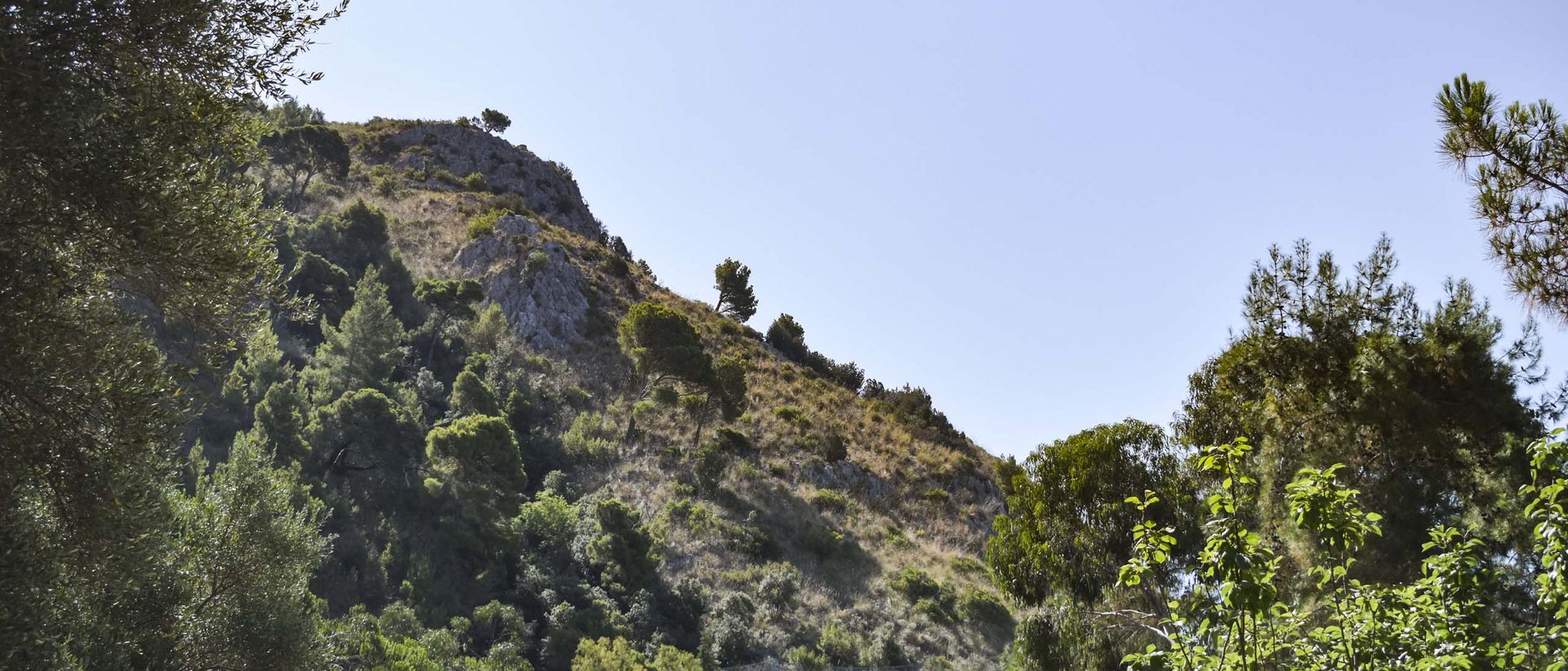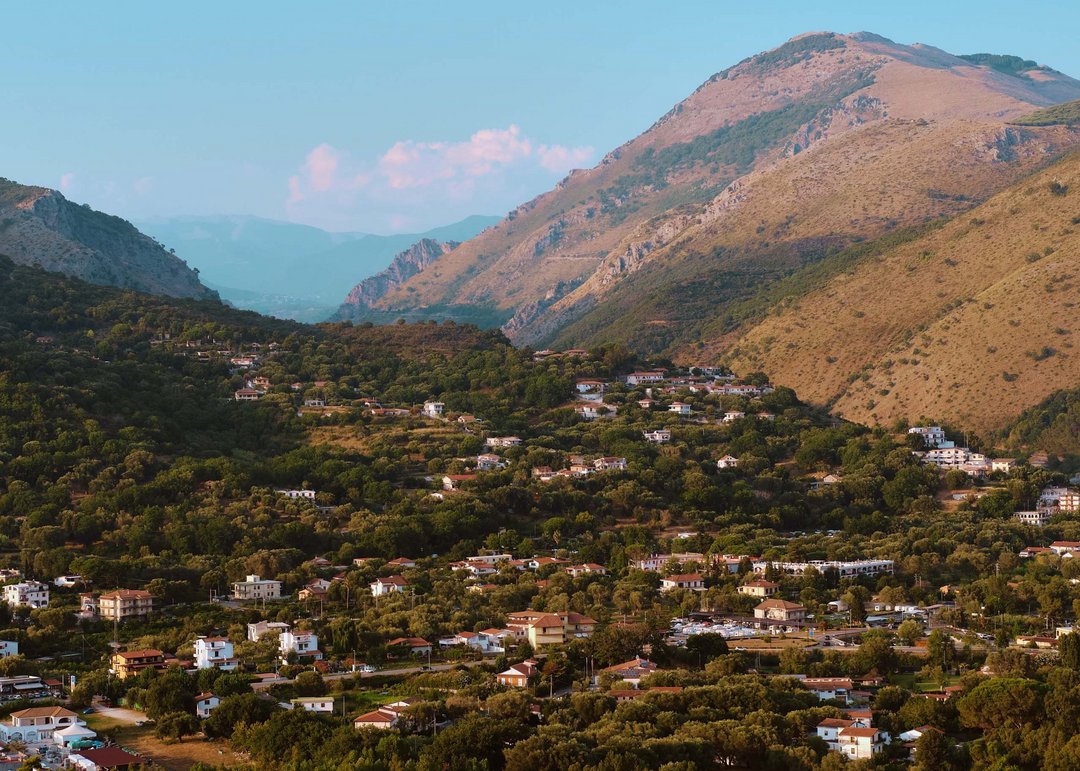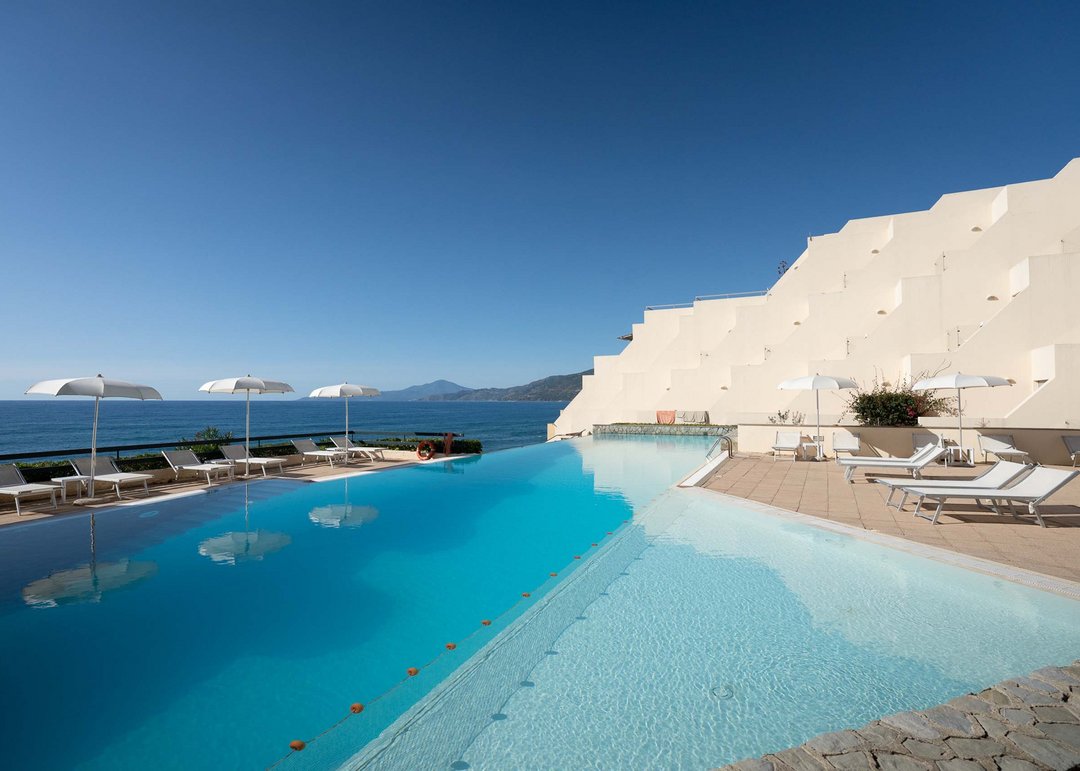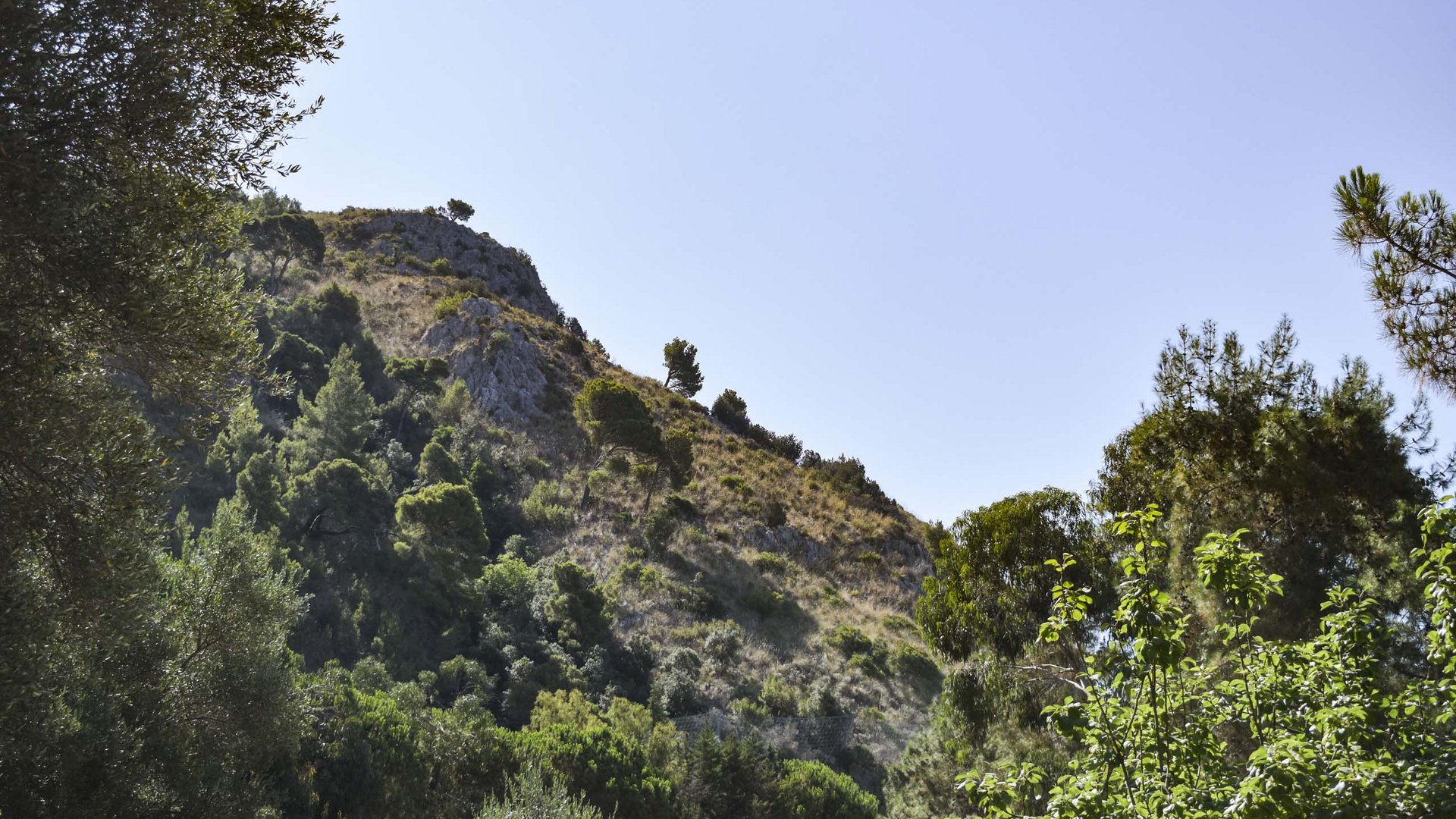
Cilento national park
Flora and fauna
As well as being Italy’s second-largest national park, it also joins local archaeological sites Paestum, Velia, and the Charterhouse of Padula as one of the Italian sites granted UNESCO World Heritage status.
It’s impossible not to mention it, especially if you’re planning to spend your next vacation in southern Italy. Cilento, Vallo di Diano, and Alburni national park was established in 1991 and extends over some 180 thousand hectares. It’s located between the Sele plain, Basilicata, and the Tyrrhenian Sea to the west and is an important hub of Italy’s hiking network on the southern Apennines. The park features vastly diverse landscapes, with coastal and mountainous areas, rivers, cliffs, forests, and grasslands. The flora comprises some 1,800 species of wild, native plants, such as the Primula Palinuri, the symbol of the park. The increasingly rare Mediterranean lily grows on the beaches, while the Dianthus rupicola carnation, centaury, broad-leaved candytuft, and brittle harebell flourish on the cliffs. Its fauna includes golden eagles, Italian hares, falcons, wolves, and many other species. The park has so much to offer, just like our region with its millennia of traditions reaching back to ancient history. Are you curious to discover ours?
As well as being Italy’s second-largest national park, it also joins local archaeological sites Paestum, Velia, and the Charterhouse of Padula as one of the Italian sites granted UNESCO World Heritage status.
It’s impossible not to mention it, especially if you’re planning to spend your next vacation in southern Italy. Cilento, Vallo di Diano, and Alburni national park was established in 1991 and extends over some 180 thousand hectares. It’s located between the Sele plain, Basilicata, and the Tyrrhenian Sea to the west and is an important hub of Italy’s hiking network on the southern Apennines. The park features vastly diverse landscapes, with coastal and mountainous areas, rivers, cliffs, forests, and grasslands. The flora comprises some 1,800 species of wild, native plants, such as the Primula Palinuri, the symbol of the park. The increasingly rare Mediterranean lily grows on the beaches, while the Dianthus rupicola carnation, centaury, broad-leaved candytuft, and brittle harebell flourish on the cliffs. Its fauna includes golden eagles, Italian hares, falcons, wolves, and many other species. The park has so much to offer, just like our region with its millennia of traditions reaching back to ancient history. Are you curious to discover ours?














